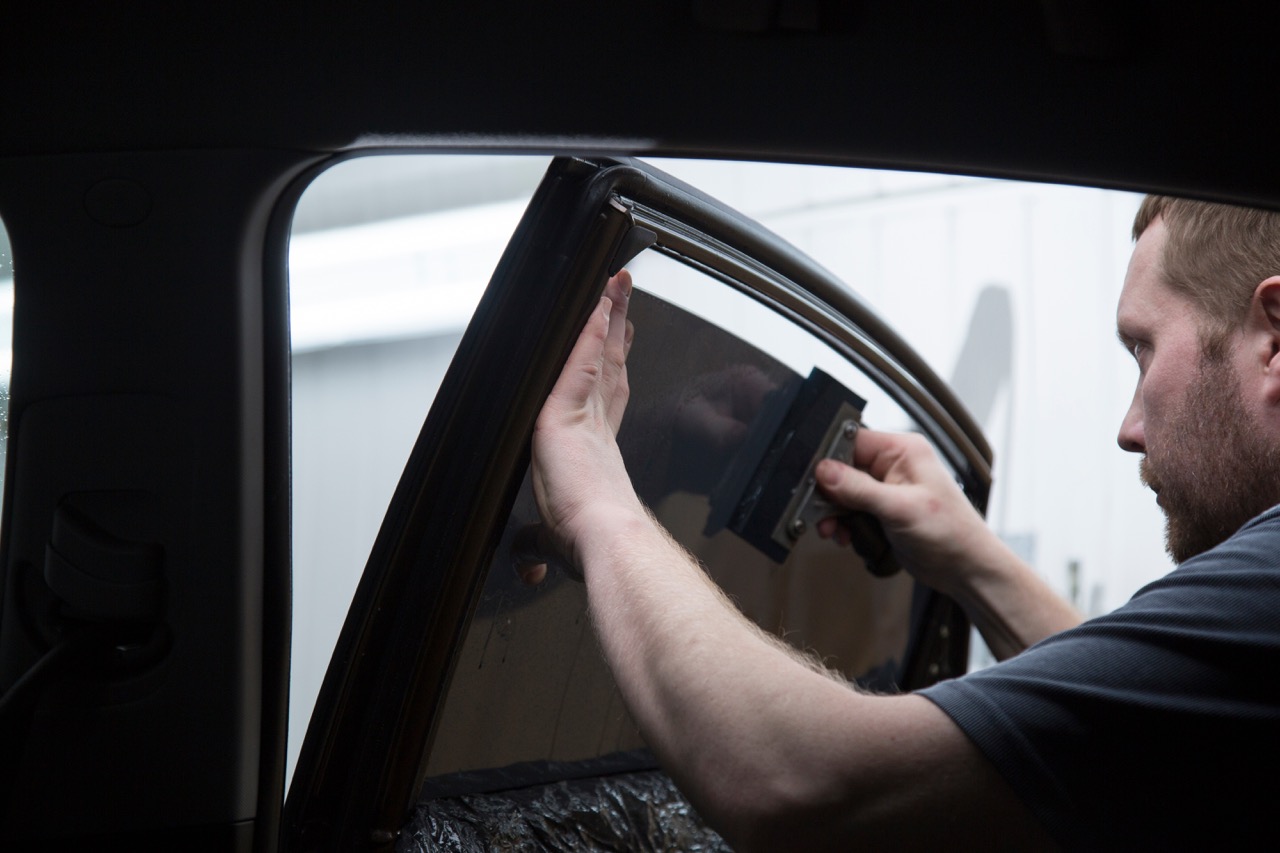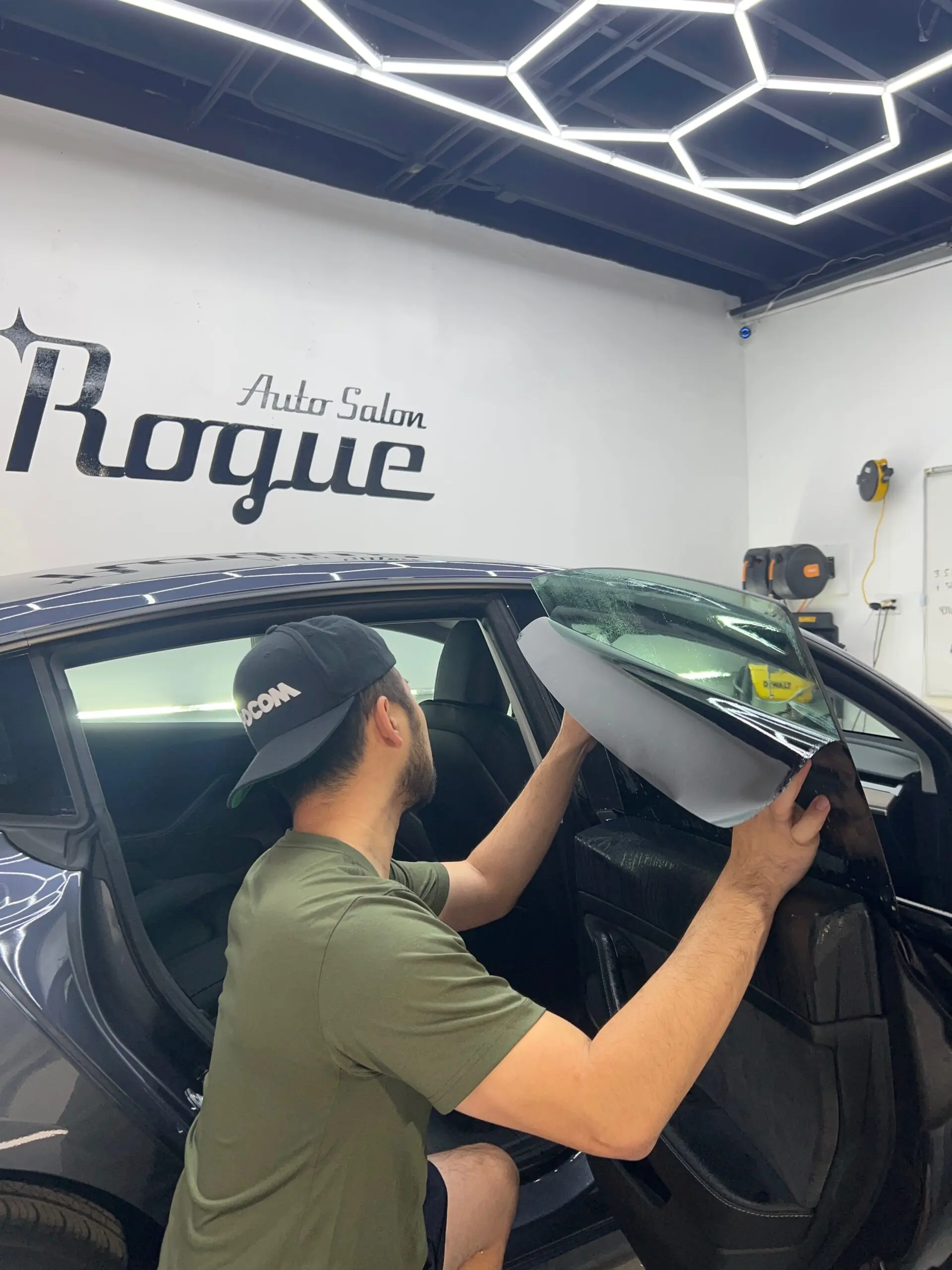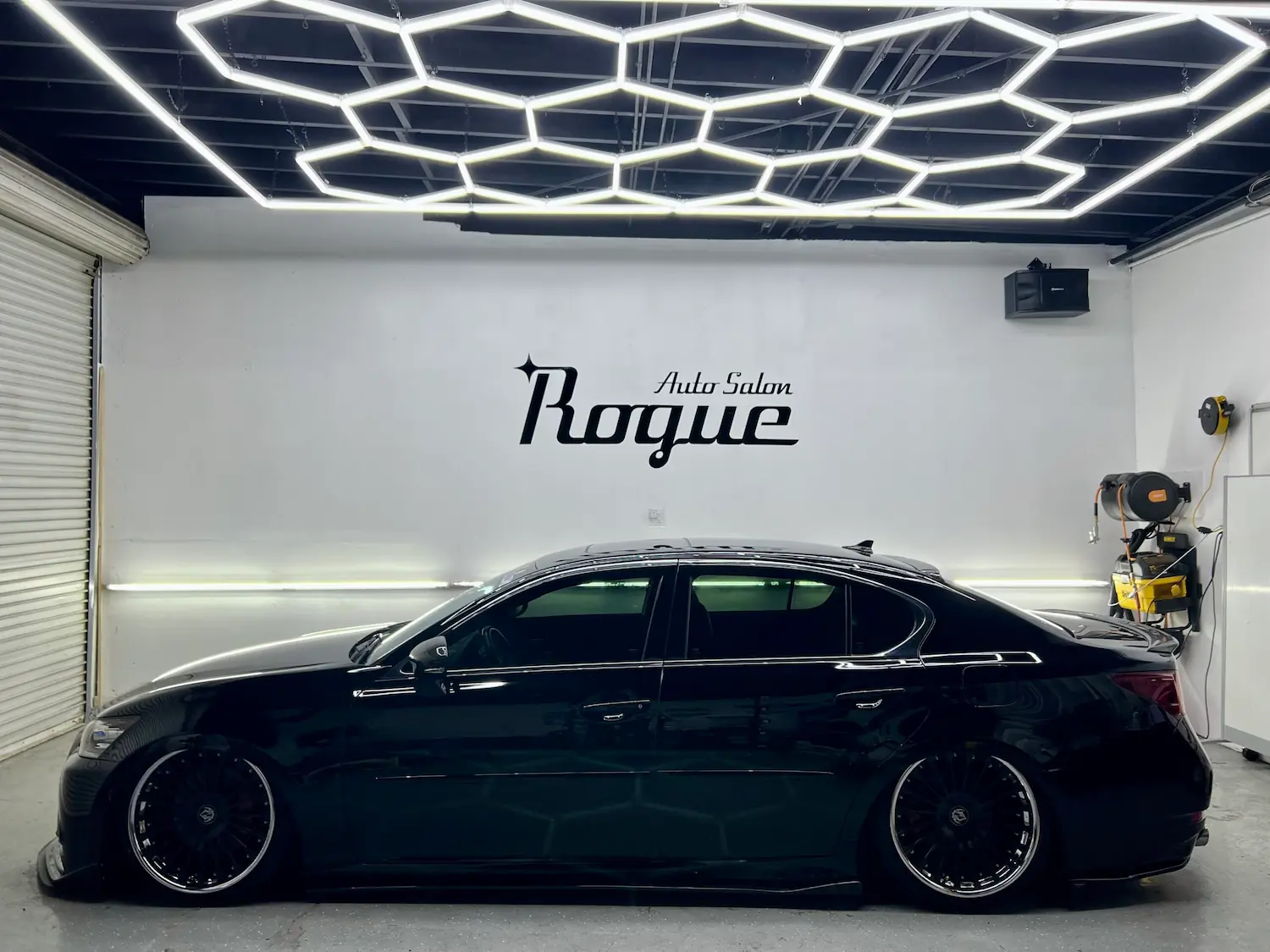Autocare
Understanding Window Tinting Laws: What You Need to Know
Stay Legal & Shaded: A Clear Guide to Window Tinting Rules
Window tinting is a popular modification for vehicles that provides a range of benefits, such as increased privacy, reduced glare, and protection from harmful UV rays. While tinted windows can enhance both comfort and appearance, they are also governed by strict regulations that differ from one state or country to another.
It’s essential to understand these laws to ensure compliance and avoid any fines or penalties. This guide will cover everything you need to know about window tinting laws, including visibility limits, reflectivity restrictions, medical exemptions, and specific regulations in California.
Whether you’re thinking about tinting your windows or want to verify that your current tints are legal, this article will help you navigate the complexities of window tinting regulations.
What is Window Tinting?
Window tinting involves applying a thin film to the interior of a vehicle’s windows to reduce glare, block harmful UV rays, and enhance privacy. It can improve comfort by regulating the temperature inside the vehicle and protecting interior surfaces from sun damage.
There are many reasons why people choose to tint their windows– it could be a privacy concern, protection against UV rays including UVA, which is responsible for causing skin cancer or simply to cut the harsh glare from the sun.
There is, also the aesthetic value window tints have on a vehicle. After all, there’s no harm in glamming your car a bit. However, before installing window tints, it is essential to understand the legal regulations that govern their usage.

Why are Window Tinting Laws Important?
Window tinting laws exist to maintain road safety, visibility, and legal compliance while allowing drivers to enjoy the benefits of tinted windows. Excessively dark tints can reduce a driver’s visibility, especially at night, increasing the risk of accidents. By setting limits on Visible Light Transmission (VLT), these laws ensure that drivers can see clearly while still benefiting from glare reduction and UV protection.
Another crucial reason for these laws is to aid law enforcement and emergency responders. Dark tints can make it difficult for officers to see inside a vehicle, posing a potential safety risk during traffic stops. Additionally, regulations on tint reflectivity help prevent excessive glare that could endanger other drivers on the road.
By enforcing window tinting laws, states balance driver comfort, privacy, and public safety, ensuring that vehicles remain both stylish and legally compliant while reducing hazards on the road.
What Is Visible Light Transmission (VLT)
Visible Light Transmission (VLT) is the key factor in determining the legality of window tinting. VLT refers to the percentage of visible light that passes through a window, with lower percentages indicating darker tints. For example, a 35% VLT tint allows 35% of light to pass through, while a 5% VLT tint—commonly known as “limo tint”—is extremely dark, allowing only 5% of light in.
Each state has specific VLT requirements for different windows, such as the front windshield, side windows, and rear windows. Typically, front windows require higher VLT percentages to maintain driver visibility, while rear windows may allow darker tints.
VLT regulations ensure a balance between privacy, heat reduction, and safety, preventing excessively dark windows that could obstruct visibility, especially at night. To avoid fines or the need for tint removal, it’s essential to check local VLT laws before installing window tints.
Regulations on Window Tint Darkness and Reflectivity
Window tint darkness and reflectivity are strictly regulated to ensure road safety and legal compliance. Darkness is measured by VLT, while reflectivity controls how much light is bounced off the window surface.
Most states set specific limits for different vehicle windows to prevent visibility issues and excessive glare. Understanding these regulations helps drivers avoid fines and ensures their tints meet legal standards.
To summarize, each state has tinting laws based on the three factors:
- Tint Darkness: Each state has different rules regarding how dark your tint can be. The front windows often have stricter limits compared to the rear windows.
- Tint Reflectivity: Some states impose limits on how much light a tint can reflect, as highly reflective tints can create glare for other drivers.
- Additional Restrictions: Certain states may ban specific tint colors, require manufacturer certifications, or mandate a sticker indicating compliance with tinting laws.

Exemptions and Medical Exceptions
In some regions, individuals with medical conditions requiring extra UV protection can apply for exemptions to use darker tints. Common conditions that may qualify include lupus, albinism, and severe skin sensitivity to sunlight.
These diseases directly deal with sensitivity to sunlight and the harshness of the sun’s glare, therefore giving leverage to those who need it.
Penalties for Non-Compliance
Failing to comply with window tinting laws can result in fines, citations, or mandatory tint removal. The severity of penalties varies by state and may depend on factors like excessive darkness, illegal reflectivity, or missing tint certification stickers. Repeat offenders may face higher fines or vehicle inspections. To avoid legal issues, it’s essential to ensure your tint adheres to local regulations and meets the required VLT limits.
Window Tinting Laws in California
California has strict window tinting laws designed to balance driver safety, visibility, and comfort. These laws regulate the darkness (VLT) and reflectivity of window tints to prevent visibility issues and reduce glare for other drivers.
Specific restrictions apply to different windows, with lighter tints required on front side windows and more flexibility for rear windows. To avoid fines and ensure compliance, drivers must understand and follow California’s tinting regulations.
The California window tint laws are as follows:
- Windshield: Only the top 4 inches of the windshield can have a non-reflective tint.
- Front Side Windows: Must allow at least 70% of light to pass through.
- Back Side and Rear Windows: Can have any darkness level if the vehicle has dual side mirrors.
- Reflectivity: Tints must not be more reflective than a standard window.
- Medical Exemptions: Drivers with specific medical conditions may apply for an exemption to use darker tints.
Choosing a Professional Window Tint Installer

To ensure compliance with local laws, it is recommended to work with a professional window tinting service. Professionals are knowledgeable about state regulations and can help select a tint that meets legal requirements while providing the desired benefits.
Conclusion
Understanding window tinting laws is crucial for ensuring safety, compliance, and comfort while driving. Regulations on tint darkness, reflectivity, and legal exemptions vary by state, making it essential to research and follow local guidelines.
Non-compliance can lead to fines, citations, or required tint removal, so choosing a legal and professionally installed tint is the best way to avoid issues.
If you’re considering window tinting for your vehicle, make sure to work with a trusted professional who understands the laws in your area. Stay compliant while enjoying the benefits of UV protection, privacy, and heat reduction.
Contact Rogue Auto Salon or book a consultation to start your window tinting journey!




